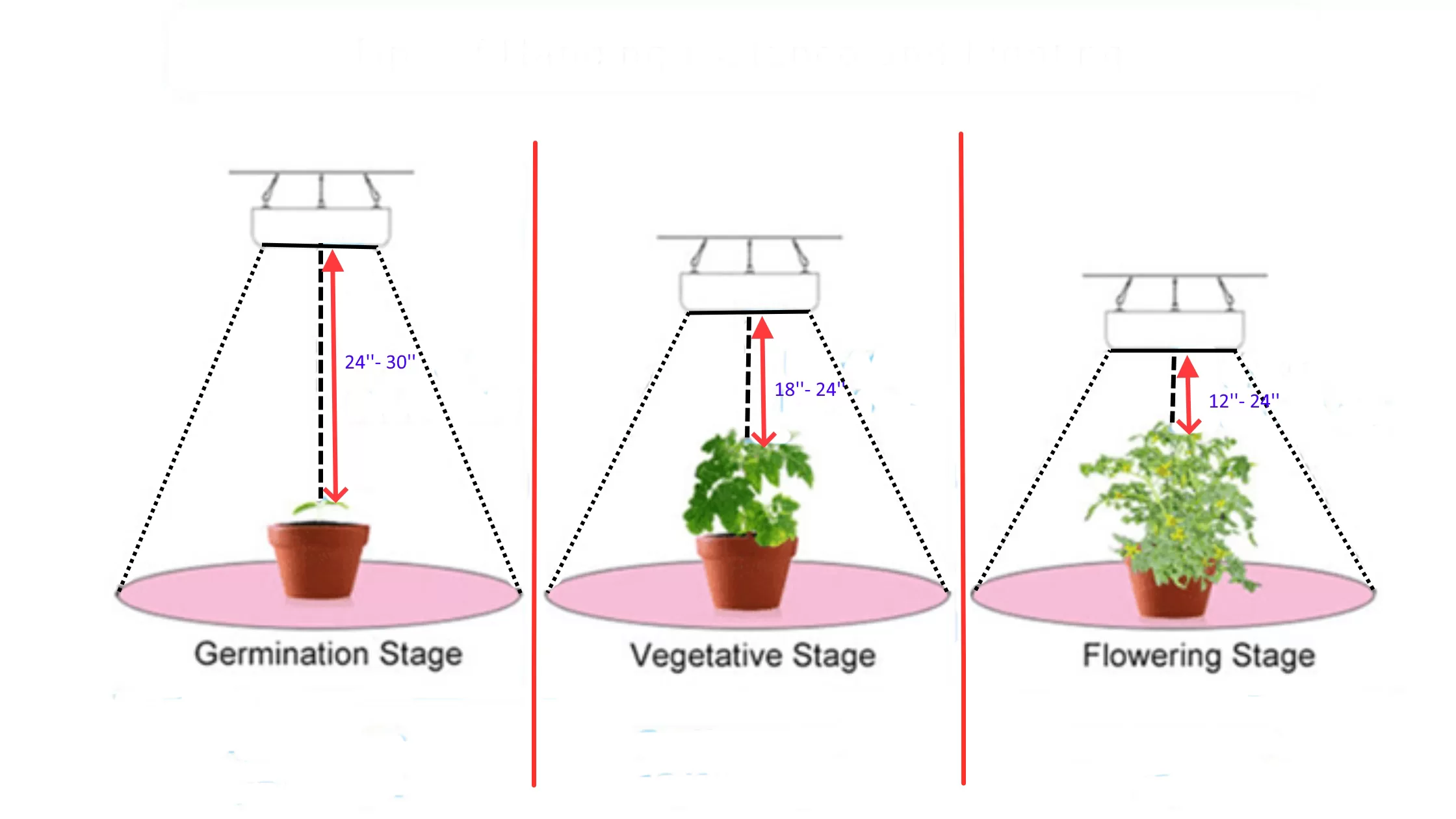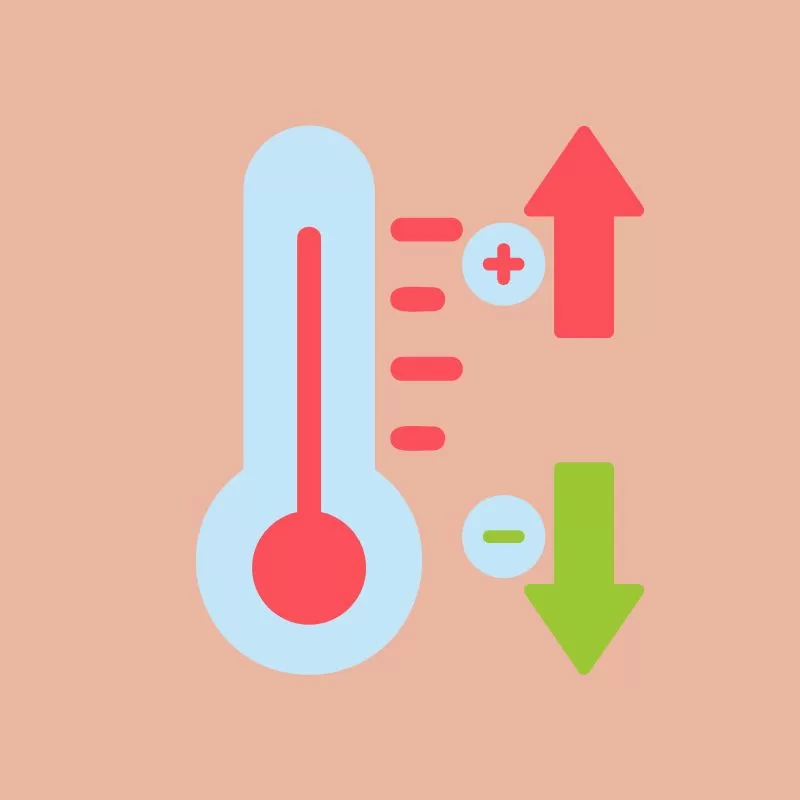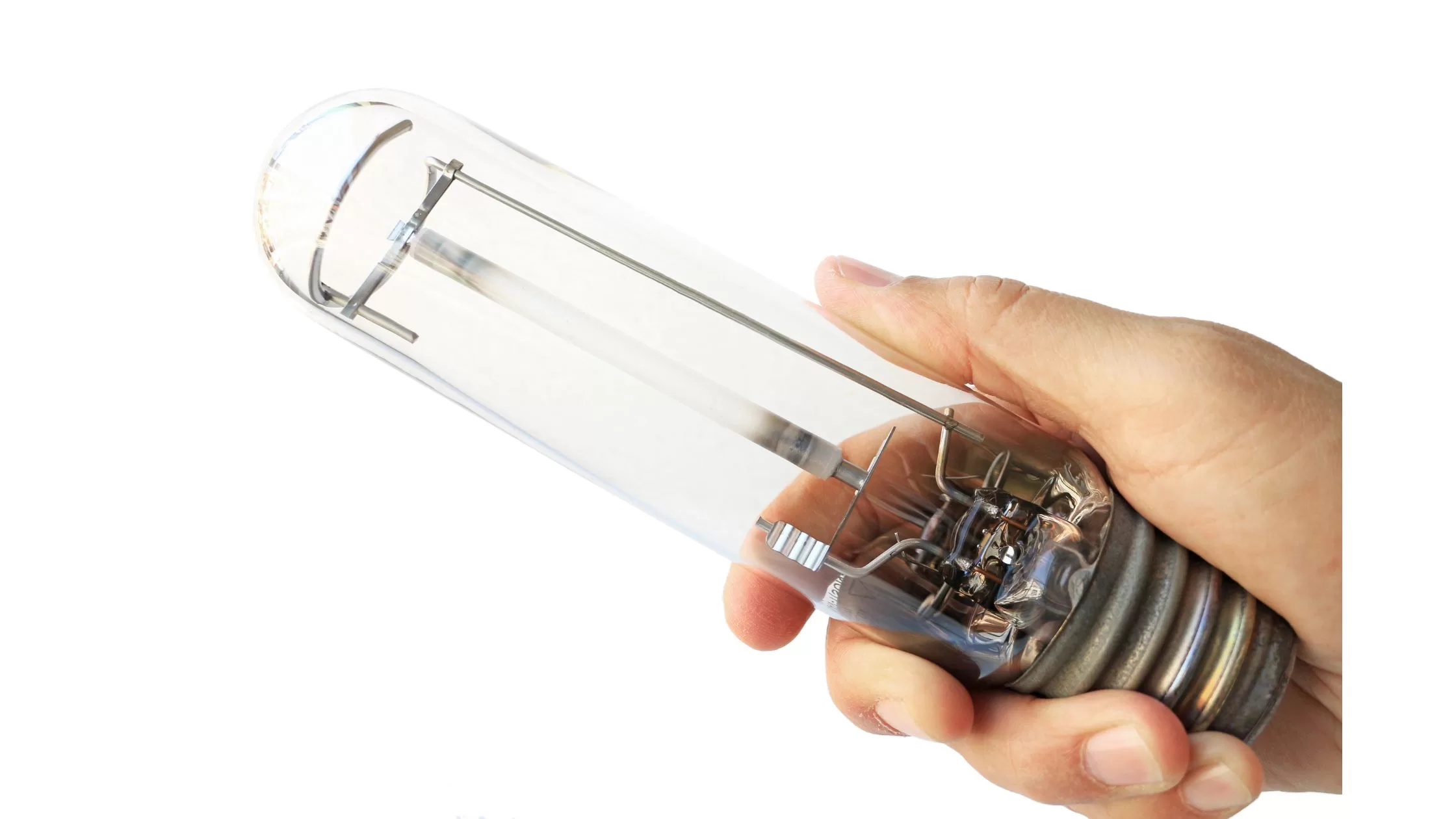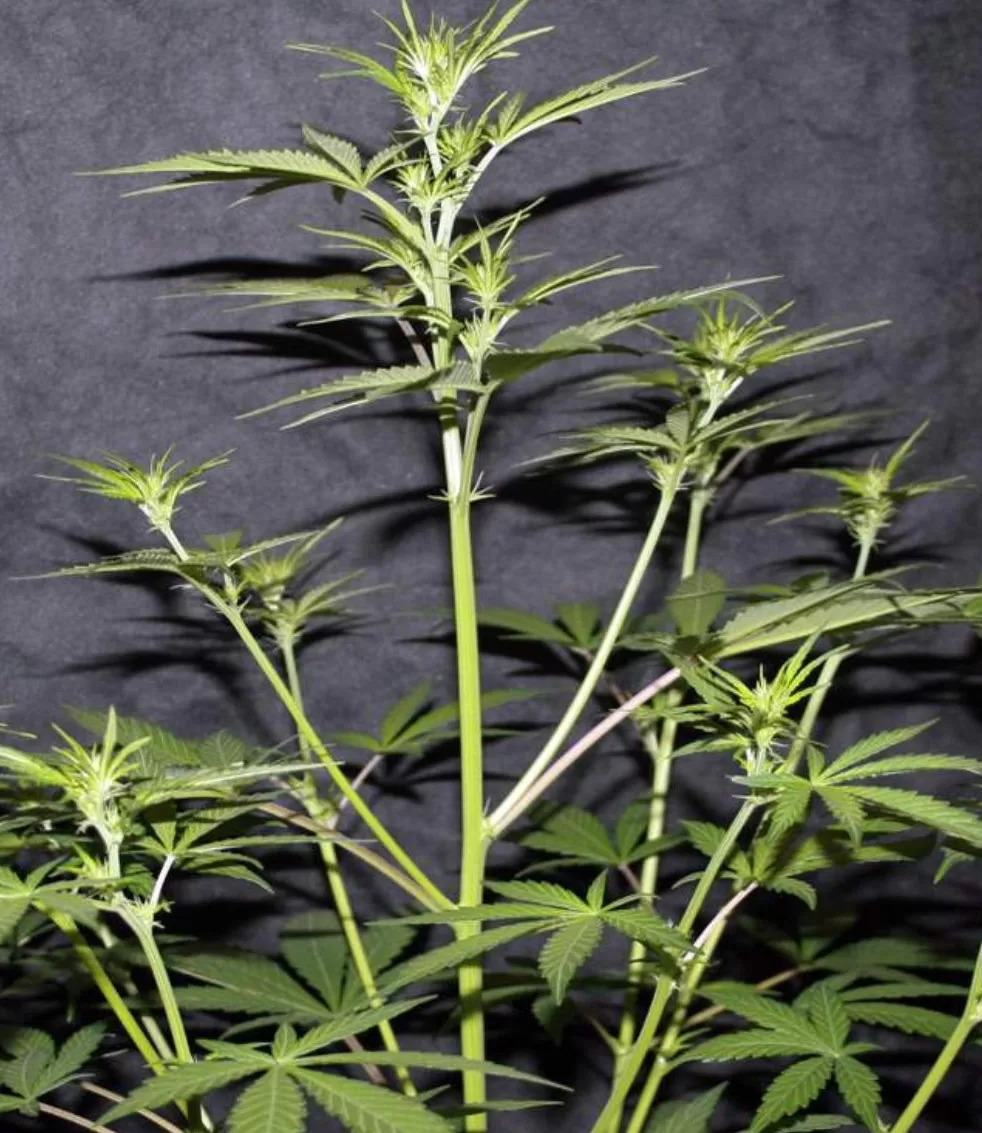The Coco for Cannabis Grow Light Calculator stands as a pioneering scientific tool, meticulously evaluating grow lights across metrics like Photosynthetic Photon Flux (PPF), wattage, and cost, enriched with preloaded fixtures from leading brands such as Mars Hydro and Spider Farmer. However, its application is advised against commercial purposes, ensuring its utility remains in individual and educational contexts.
This tool enables growers to precisely navigate the complex terrain of light selection precisely, factoring in efficiency, light intensity, and coverage area to optimize cannabis cultivation environments 6. As we delve into the nuances of calculating your grow space, determining wattage, and selecting suitable lights, this guide aims to illuminate the path to achieving maximized growth and yield potential.
Understanding Light Requirements
Key Light Factors for Cannabis Cultivation
Photosynthetically Active Radiation (PAR)
PAR is crucial in determining how much lighting is necessary for cannabis plants, representing the light plants can use for photosynthesis. The grow light calculator helps elucidate PAR and PPFD (Photosynthetic Photon Flux Density), which are measured in µmol/m²s and crucial for assessing light intensity used by plants.
Daily Light Integral (DLI)
DLI, which combines light intensity and duration, is fundamental in planning the light requirements for different stages of cannabis growth. The calculator provides recommendations based on the optimal DLI for each growth stage, ensuring plants receive the precise light for optimal development.
Photoperiod Impact on Growth Stages
Cannabis plants undergo distinct growth stages—seedling/cutting, vegetative, and flowering—each requiring specific light conditions:
- Seedlings and Cuttings: Typically require 18 to 24 hours of light to encourage quick rooting.
- Vegetative Growth: Generally, a photoperiod of 18 hours of light followed by 6 hours of darkness is maintained.
- Flowering Stage: To stimulate flowering, the light schedule shifts to 12 hours on and 12 hours off, mimicking natural conditions.
Light Spectrum Needs
The light spectrum should be adjusted according to the plant’s growth stage:
- Early Growth: Utilizes cool, blue light to mimic natural conditions for seedlings and cuttings.
- Vegetative Stage: Maintain significant blue light to promote growth.
- Flowering Stage: Increases in red and far-red light to simulate the end of summer and encourage flowering.
Importance of Light Intensity and Spectrum
Light intensity, measured through PPFD and PPF, plays a critical role in influencing the growth and yield of cannabis plants. The intensity and spectrum of light should be carefully controlled to match the specific needs of each growth phase, ensuring effective photosynthesis and plant health.
By understanding these key factors and utilizing tools like the grow light calculator, cultivators can optimize their lighting setup to improve plant health and yield, making informed decisions about light types, intensity, and schedules tailored to their specific cultivation environment.
Calculating Your Grow Space and Plant Canopy
Assessing Your Grow Space
- Choose Your Growing Location: Decide whether your cannabis cultivation will be indoors or outdoors to tailor your setup accordingly.
- Space Availability: Measure and assess the space dedicated to your grow operation to determine how many plants you can accommodate.
- Plant Spacing and Arrangement: Space your plants 18-36 inches apart, depending on the strain and growth stage, and arrange them to allow easy access for maintenance and harvesting.
- Light Placement and Coverage: Strategically position grow lights to ensure even light distribution and adequate coverage across the entire canopy.
Creating an Optimal Environment
- Controlled Environment Setup: Utilize grow tents or designated grow rooms to manage light control, privacy, and climate efficiently.
- Ventilation and Airflow: Install exhaust fans, intake vents, and oscillating fans to maintain proper airflow and ventilation within the grow space.
- Temperature and Humidity Management: Regularly monitor and adjust the temperature and humidity levels to create an ideal growing environment.
Plant Care and Management
- Protection Measures: Implement physical barriers like fences or netting and consider companion planting to safeguard your cannabis plants from pests and harsh conditions.
- Training and Pruning Techniques: Use topping, pruning, and low-stress training to optimize light penetration and plant shape.
- Efficient Watering Systems: Install systems like drip irrigation or soaker hoses to deliver water to the plants’ root zones efficiently.
- Nutrient Management: Develop and follow a nutrient management plan that supplies essential fertilizers and supplements at appropriate growth stages.
Grow Light Calculator – Calculating Plant Capacity and Lighting Needs
- Capacity Calculation: The number of plants per square meter varies based on strain genetics, pot size, and training techniques.
- HID Lighting Guidelines: The recommended number of plants ranges from 2 for 150W to 14 for 1000W for different wattages of HID lights.
- LED Lighting for Specific Areas: For a 4×4 grow area, 400w to 480w of high-efficacy LED lights are sufficient.
- Wattage Guidelines: Maintain a maximum of 50 watts per square foot to prevent excessive heat and energy waste.
- Total Power Calculation: Multiply the grow area in square feet by 30-40 watts to estimate the total power needed for your setup.
- PPFD Uniformity: Ensure uniform PPFD across the canopy to provide all plants with adequate light for optimal growth.
- Wattage Per Growth Stage: Use approximately 20 watts per square foot during vegetative growth and increase to about 30 watts for flowering.
By carefully calculating your grow space and canopy and implementing these strategic setups, you can optimize your cannabis cultivation environment for maximum yield and efficiency.
Determining Wattage and Light Distribution
Step-by-Step Guide to Determining Wattage and Light Distribution
- Calculate Your Grow Space
- Input the length and width of your grow room in feet to start the estimation process 2.
- Select your grower level from beginner, intermediate, advanced, commercial, or expert options to tailor the calculations.
- Plant and Light Setup
- Enter the number of plants you plan to cultivate. This will affect the intensity and distribution of light required.
- Opt into additional factors that influence growth, such as CO2 enrichment and automated irrigation systems, which can impact light requirements.
- Yield Estimation
- After entering all details, click “Calculate Yield” to get an estimate of potential yield, which will help you adjust light settings accordingly.
- Choosing the Right Light
- Dispel myths such as the necessity of a 1000-watt light for effective cannabis growth. Instead, focus on the suitability and efficiency of the light for your specific setup 4.
- Consider LED lights from reputable manufacturers like Spider Farmer that offer high-efficacy PPEs and adjustable brightness, ensuring you get the most out of your lighting 13.
- Efficiency and Longevity
- Select LED chips from top brands like Samsung and Osram, and ensure they are low current driven (around 80 mA) for a longer lifespan and better efficiency.
- Growth Stage Lighting
- Utilize the grow light calculator to determine the ideal duration and intensity of light for different growth stages, ensuring your plants receive the optimal light for each stage.
- Monitoring and Adjustments
- Measure light intensity using the Photone Grow Light Meter app to ensure your plants receive the right light.
- Adjust light placement to achieve uniform PPFD across the canopy, which is crucial for even growth and development.
By following these steps and considering the factors outlined, you can effectively determine the correct wattage and light distribution for your cannabis grow room. This careful planning and adjustment ensure optimal plant health and yield, tailored to your specific environmental conditions and cultivation goals.
Selecting the Right Grow Lights
Types of Grow Lights and Their Benefits
- LED Lights:
- Energy Efficiency and Longevity: LEDs are known for their efficiency and longevity, making them cost-effective over time.
- Heat Production: They produce less heat and often include built-in cooling systems, reducing the need for additional temperature control.
- Versatile Light Spectra: LEDs offer a range of light spectra supporting optimal photosynthesis during different growth stages.
- Examples of Top LED Brands: Covert 250W, Grower’s Choice 420W, Black Dog PhytoMAX-2 125W, and Gavita RS1900 E 650W are highly recommended.
- High-Intensity Discharge (HID) Lights:
- Types: Metal Halide (MH) lights are preferable for vegetative stages with their bluish-white spectrum, while High-Pressure Sodium (HPS) lights, with a reddish-orange spectrum, are ideal for flowering stages.
- Heat Output: HID lights generate significant heat and require good ventilation systems.
- Cost-Effectiveness: They are efficient but might increase operational costs due to cooling needs.
- Examples of Best HID Brands: Hydro Planet 150W, Yield Lab 400W, and Vivosun 600W.
- Fluorescent Lights (CFL and T5):
- Low Heat Emission: Suitable for seedlings and clones due to their lower heat output.
- Affordability: These lights are cost-effective and favored by beginners or small-scale growers.
- Light Spread: T5 fluorescent lights offer a broader light spread, useful for maintaining mother plants or as supplemental lighting.
- Examples of Best CFL Brands: Hydro Planet T5, Vivosun T5, and Hydrofarm T5.
Considerations for Light Selection
- Grow Space and Plant Requirements: The size of the grow space and the number of plants will dictate the number of lights needed. Typically, one or two lights are sufficient for a standard home grow setup.
- Electricity Costs and Setup: Consider the annual electricity costs using tools like the Running Costs calculator and ensure your setup has enough outlets and power to safely support all equipment without overloading.
- Plant Growth Stages: Different growth stages require different types of lights. For instance, MH bulbs are used for vegetative growth, while HPS bulbs are better for the flowering stage.
- Additional Equipment: Depending on the heat output of the lights, you might need extra fans or an AC unit, which could increase space usage and electricity costs.
Advanced Tools and Calculators
- Urban Leaf’s Grow Light Calculators: These tools help make informed light types and configuration decisions. They offer a Daily Light Integral (DLI) calculator, a Running Costs calculator, and a Duration and PPFD calculator tailored for different grow light setups like round lights or light strips.
- Automating Light Cycles: Using light timers can help automate the lighting cycles, ensuring consistent light exposure which is crucial for plant health.
- Maintenance: Regular lighting system maintenance ensures optimal performance and extends the lights’ lifespan.
By carefully selecting the right grow lights and utilizing advanced tools, cultivators can optimize their cannabis cultivation environment for enhanced growth and yield.
Conclusion
Through the detailed exploration of essential aspects such as the Coco for Cannabis Grow Light Calculator, understanding light requirements, calculating grow space, determining wattage, light distribution, and selecting the appropriate grow lights, this article has aimed to illuminate the intricate pathway to achieving an optimized cannabis cultivation environment.
The discussion underscored the significance of considering factors like Photosynthetically Active Radiation (PAR), Daily Light Integral (DLI), photoperiods, and light spectrum needs, along with practical steps for assessing grow space and plant canopy, which collectively contribute to making informed decisions about lighting setups tailored to specific cultivation needs.
The implications of choosing the right lighting, understanding grow space requirements, and applying insights from advanced tools hold the potential to revolutionize individual and educational cannabis cultivation practices. By emphasizing the importance of meticulously planning and executing cultivation strategies based on scientific tools and calculated insights, cultivators are empowered to foster plant health, maximize yields, and achieve greater efficiency in their operations.
As the cultivation landscape continues to evolve, adopting these insights and recommendations offers a strategic advantage in navigating the complexities of cannabis growth, ensuring cultivators can reap the rewards of their diligence and precision.
FAQs
What is the recommended amount of light for a cannabis grow room?
The amount of light necessary for a grow room varies depending on the stage of plant growth and the type of plants being cultivated. For most flowering plants, including cannabis, it is best to aim for 20-30 watts of light per square foot. However, it’s important not to exceed this range as too much light can harm your plants by causing bleaching and burning.
How many grow lights are needed for a 10×10 grow room?
A 10×10 room typically requires about four 1000-watt grow lights to ensure adequate coverage and light intensity. However, if budget constraints are a concern, you can alternatively use four 600-watt lights. While less powerful, they can still be effective for growing cannabis.
What is the ideal wattage per square foot in a grow room?
The ideal grow light wattage for a square foot of grow room is between 20 and 30 watts. This range promotes optimal growth for most flowering plants. Remember that providing more light than this can be counterproductive and potentially damaging to your plants.
What should the light intensity be for indoor cannabis during flowering?
During the flowering phase, cannabis plants require significantly more light than during other growth phases. To maximize harvest size and cannabinoid concentrations, cultivators recommend increasing light intensity to between 800 to 1500 µmol/m2/s PPFD (photosynthetic photon flux density) during this stage.












Itss such ass you learn my mind! You seem to understand a lot about this, such as you wrote the book in it or something.
I feel that you can do with a ffew p.c. to drive tthe message home a
little bit, but instwad of that, this is wonderfu blog.
A great read. I’ll definitely be back.
Thank you for your kind feedback! I’m glad you found the blog insightful and felt a connection with the content. I appreciate your suggestion about adding more pictures—we’re always looking to improve and make our articles as helpful and engaging as possible. Looking forward to having you back, and if there’s anything specific you’d like to see or learn about, just let us know!
Useful information. Lucky me I discovered your website by chance, and I am stunned why
this coincidence didn’t happened earlier! I bookmarked it.
Thank you so much for your kind words! We’re thrilled to hear that you found the information useful and that you’ve bookmarked our site. It’s wonderful coincidences like these that bring our community together. If you have any questions about grow lights or any other topics, feel free to ask. We’re here to help and look forward to seeing you around more often!